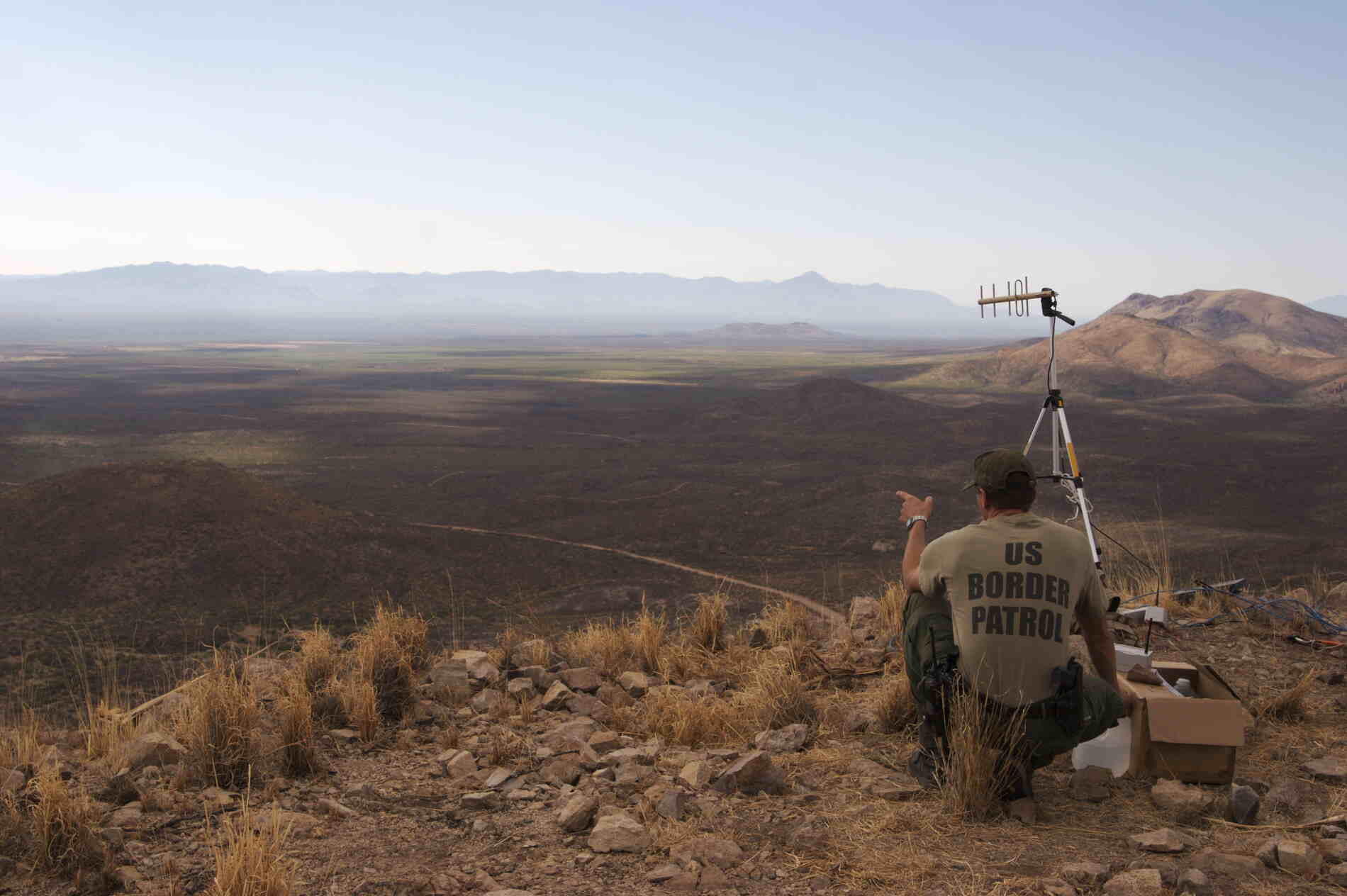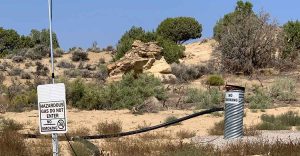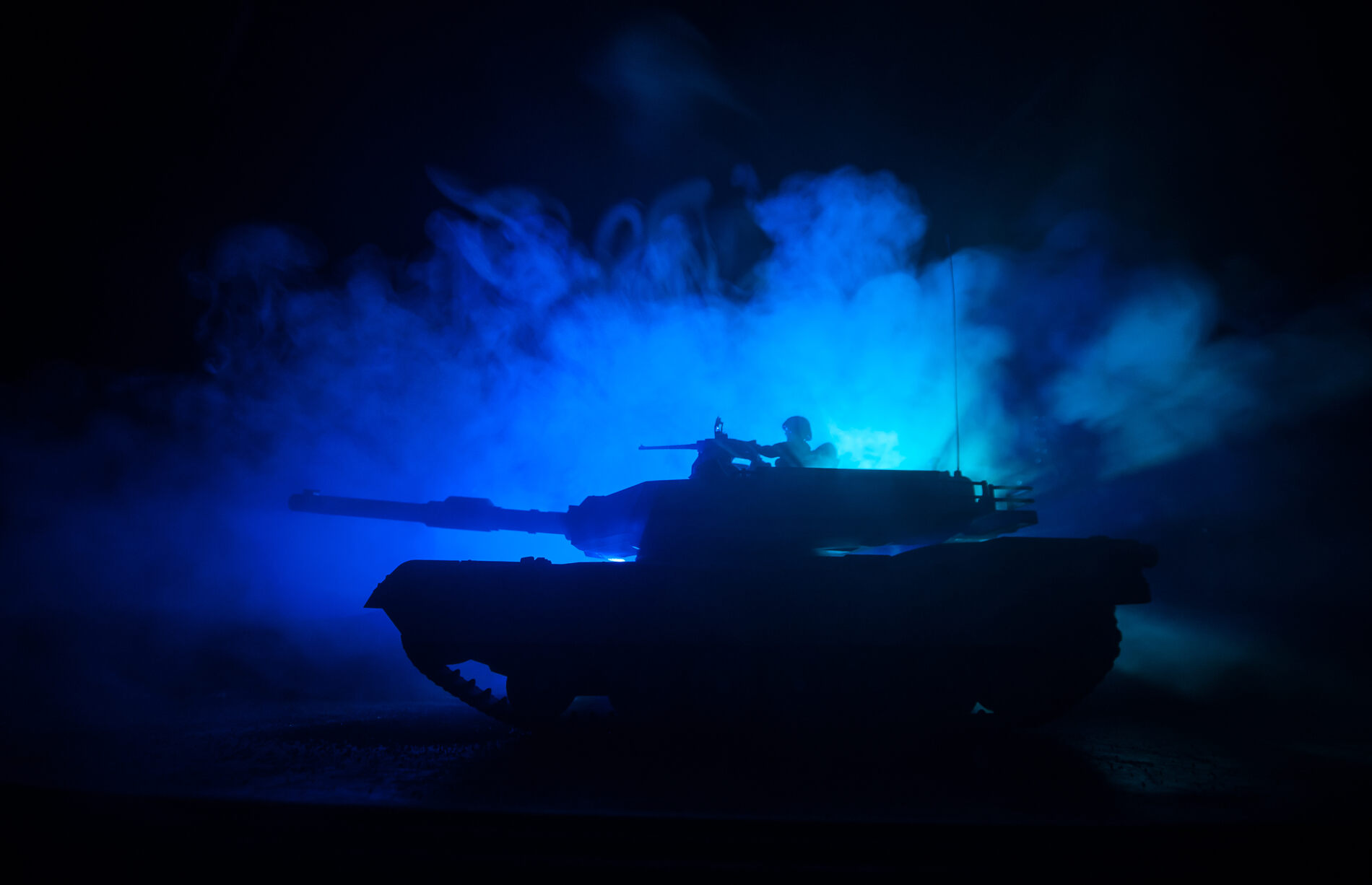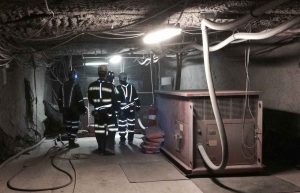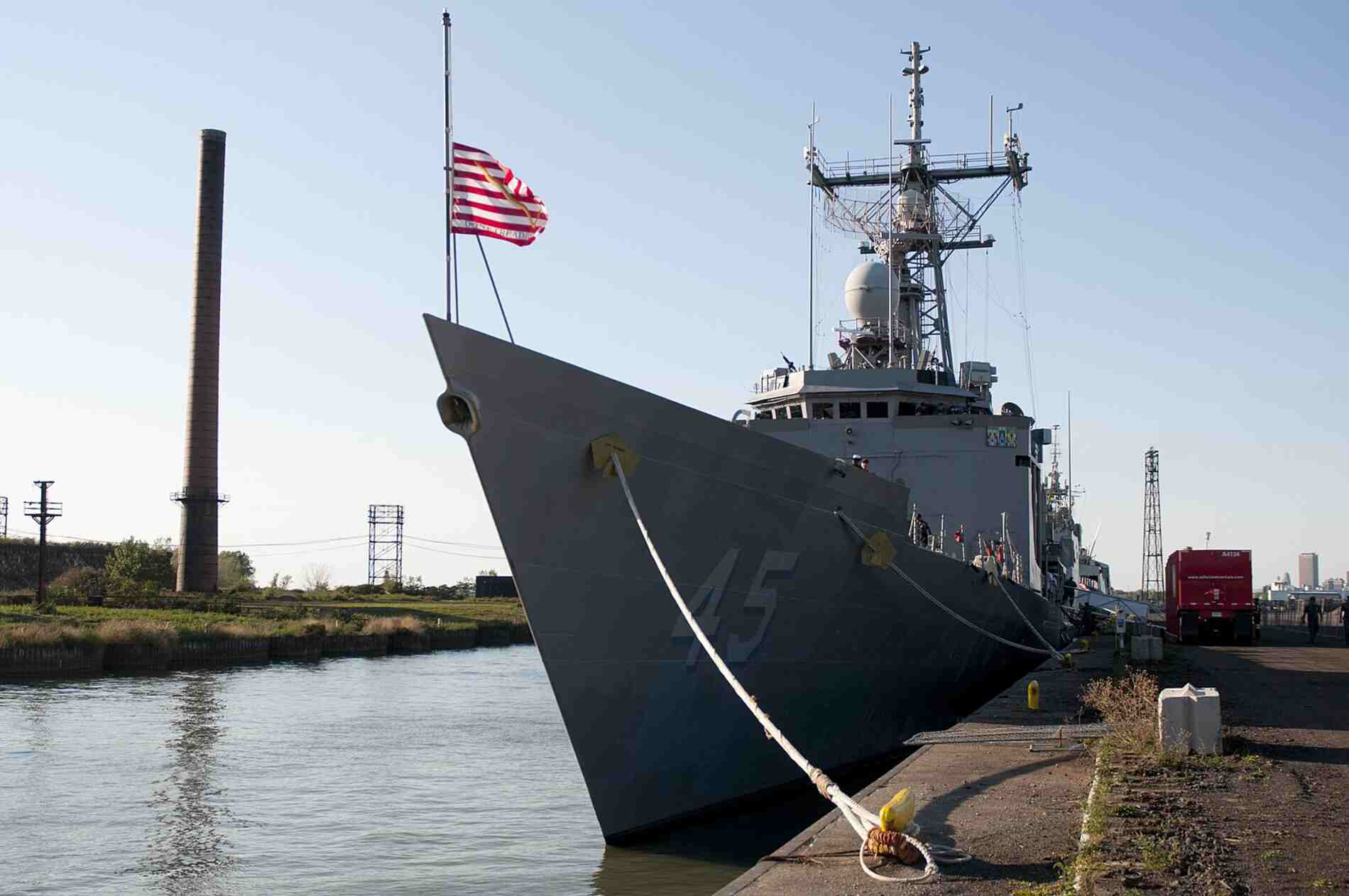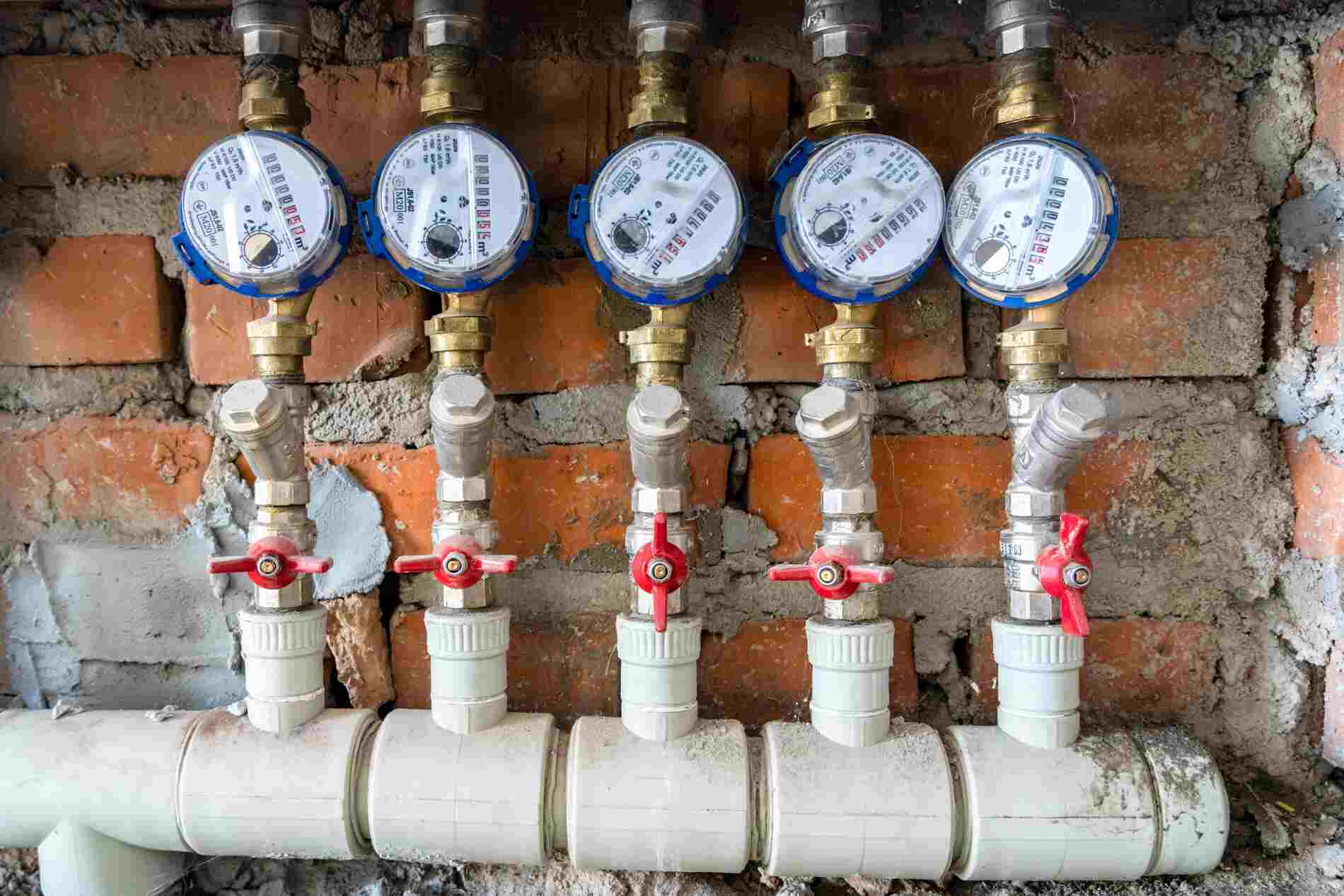IWT worked with the U.S. Army to provide safe and secure communications for dismounted soldiers. Soldiers who dismount from ground vehicles have no way to communicate with the crew inside the vehicle except a single hardwired FFCS phone. For example, the Abrams A1M2 and M88 Hercules tanks have hardwired VIC-3 intercom systems that crewmembers use for communications in tight quarters. Users wear a headset that plugs into a box (FFCS or MOS) that receives and optionally sends (FFCS) voice communications and power. If a crewmember needs to dismount, however, they must physically unplug from the VIC-3 intercom and sever communications with their crew, leaving them in potentially dangerous situations. Realizing the problem, the Army requested a wireless solution that fit with operational scenarios, priced affordably, met security requirements, and be used safely in proximity to ordnance and personnel.

IWT’s Solution
Systems exist today that provide wireless intercom capability to the VIC-3, however they fall short in key areas that prevent adoption, such as: mechanical integration, operational burden, price, and process integration. IWT solved these problems and provided a system that the Army can deploy for use in vehicles with the VIC-3 intercom system.
The Wireless Intercom System not only fulfills the unmet wireless requirement, but also brings to the table sustainable small business pricing, rescue and production grade wireless mesh protocols and maintenance, security that isn’t overly burdensome, and an implementation strategy that doesn’t disturb current operations.
The Wireless Intercom System consists of a VMAP radio device that is wired to the VIC-3 Field Wires interface, handsets, and a junction box that allows crewmembers to quickly disconnect from their VIC-3 FFCS when leaving the vehicle. The VMAP enables dismounted soldiers to wirelessly communicate on the VIC-3 intercom with crewmembers inside the tank via an IWT Mesh Handset using their existing headphones. Other radios are not integrated, keeping those radios secure. This straightforward, practical solution provides a familiar communications capability to crews, while avoiding burdensome, high security level communications systems.
Mesh
IWT’s mesh network technology is a game-changer for intercom wireless voice communications. While many systems can provide network structures that cover long distances, IWT’s mesh networking is robust and agile in that it can conform to dismounted soldier locations as they work around the vehicle. Mesh networking allows dismounted soldiers to extend the range of the VMAP longer distances and into hidden areas by providing a way for network traffic to hop from radio to radio. For example, two dismounted soldiers could reliably work within range of the VMAP, or one could continue past the VMAP signal and communicate back through the soldier with VMAP signal.
Security
The Wireless Intercom System is AES-256 encrypted. The security plan ensures adequate encryption, while not overburdening crewmembers and operations. Additionally, using the VIC-3 MCS Field Lines interface to integrate with intercom transmission to be muted to the system, if desired, while continuing to receive audio.

